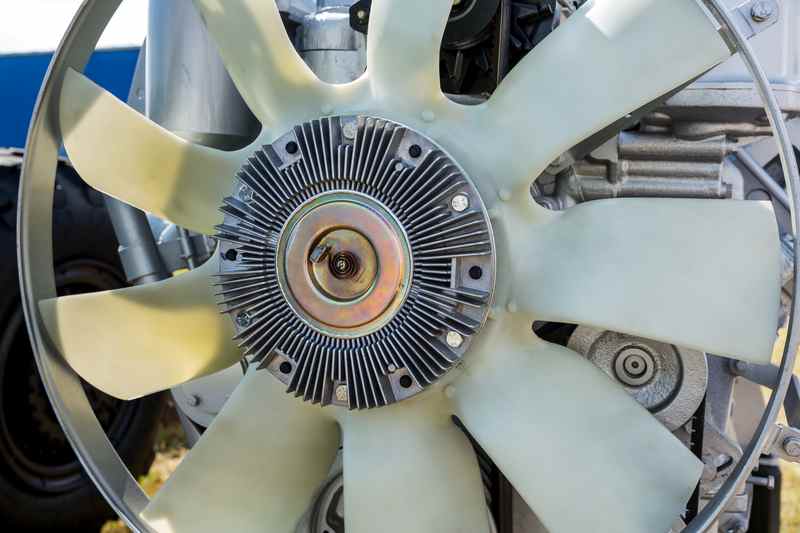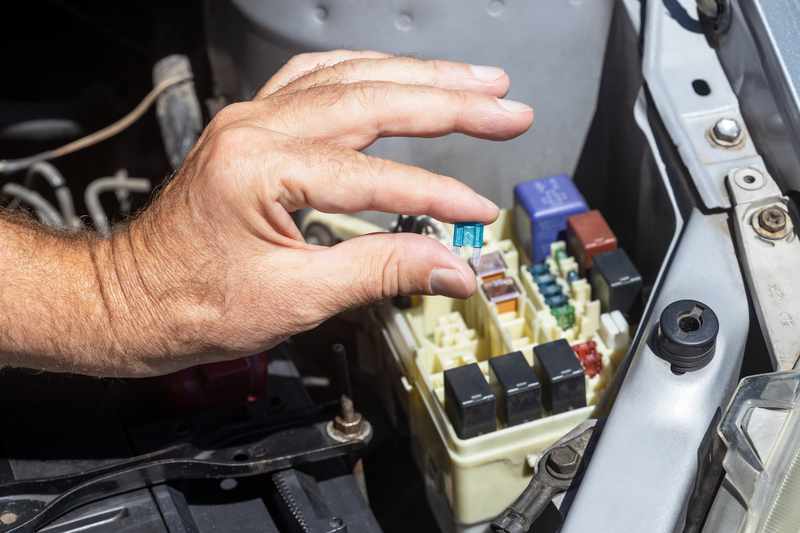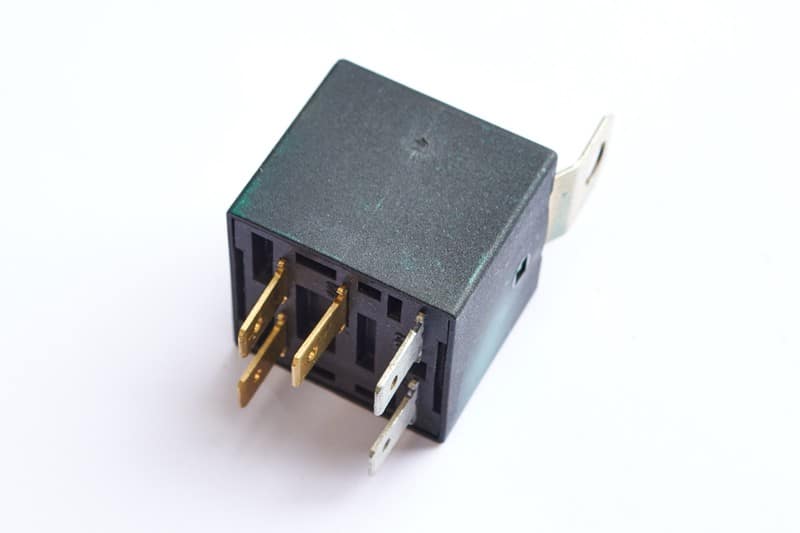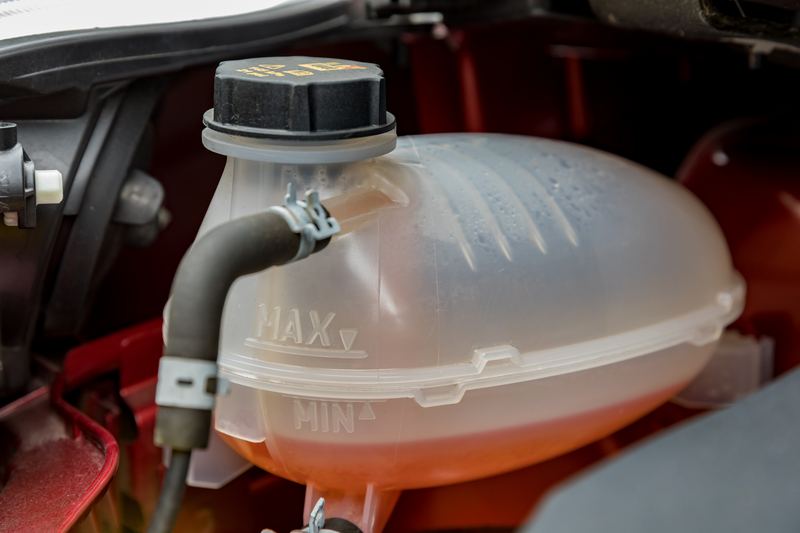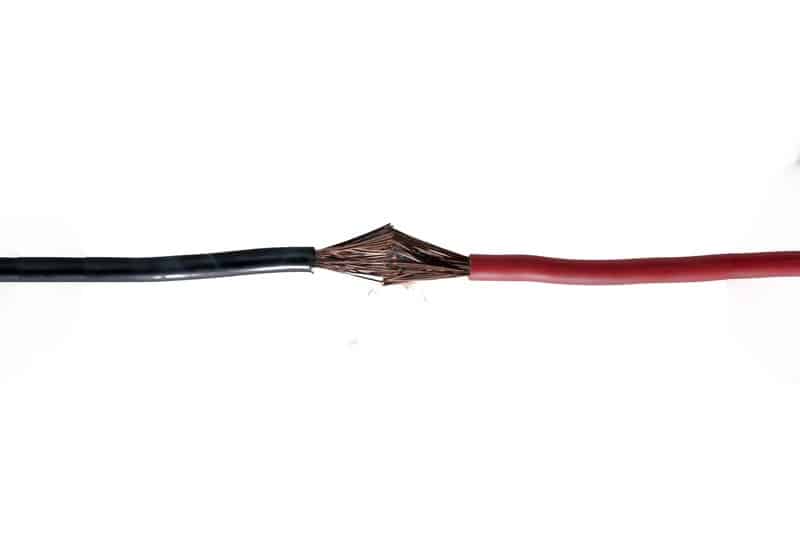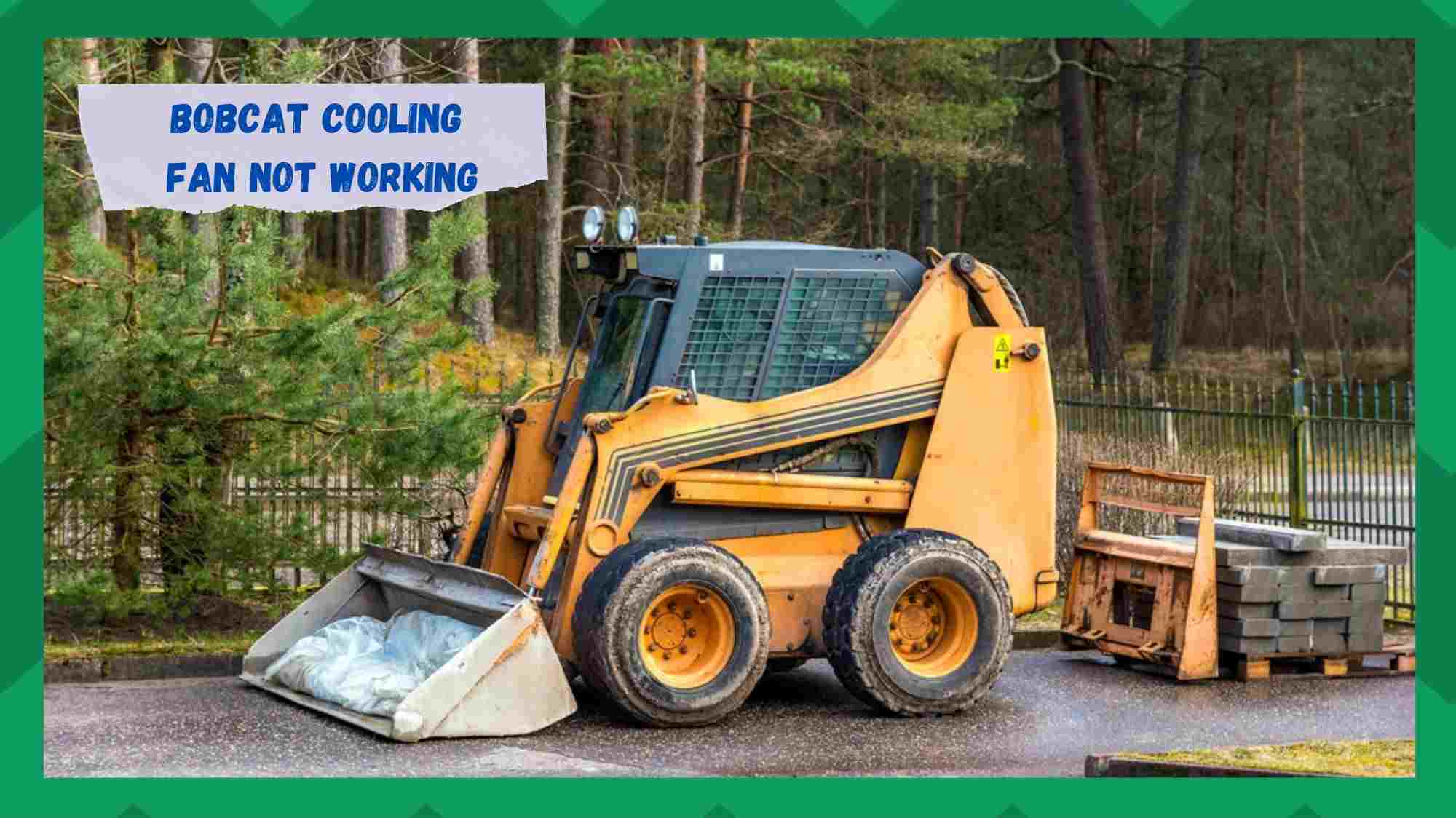
Bobcat machinery is renowned for being dependable, easy to use, and strong enough to perform well on even the most difficult job sites, these powerful machines necessitate a financial commitment.
Most people can rely on Bobcat machinery to finish the work quickly, accurately, and under the most demanding circumstances. However, you could quite often see problems when using a Bobcat machine.
A similar issue is the Bobcat cooling fan not working, which is a frequent complaint from many people. Here is how to fix the problem if you have been experiencing the same thing.
Bobcat Cooling Fan Not Working
- Trapped Fan Control Spindle
Your fan control can become stuck. The coil connector will need to be unplugged if that is the issue. During this time, if the engine is still operating, your fan should start to run at high speed.
However, if you see no difference in your fan’s condition, the spool may need to be changed. If so, you will need to purchase a new spool.
- Check Out the Fuse
Additionally, we advise you to begin testing all of your fuses with a voltage tester. When checking for power while the ignition is still on, ensure to probe the top metal tabs on each fuse. This will help you determine if there is power throughout the vehicle.
While you’re about it, we advise examining the connector pins inside the circuit and the wire harness. You want to search for any rust or damage indications.
You probably need to replace the temperature switch if everything appears in order.
- Examining The Hydraulic Pressure
We also advise you to check the hydraulic pressure. Direct feed to the fan motor should be available, and appropriate hydraulic pressure. The motor itself should be checked after you have confirmed both of these.
When you turn on the engine, a lot of pressure is applied to the fan motor, which lets the fan begin to spin. When the fan reaches its maximum speed, it switches to a lower continuous flow of pressure. The engine should therefore be checked for any potential problems.
- Radiator Fan Relay Testing
You can do a few actions to determine whether the radiator fan relay is to blame for the problem. Try replacing your relay with another one you are sure is functioning correctly as your first step in the process. You’ll know the older relay is having issues if the newer relay starts functioning.
You can check the relay using a different technique if you can’t find one that you are sure is operating correctly. A relay tester can be used to assist with troubleshooting. Simply follow the tool’s directions to complete the task.
Any electronics or hardware store will have a digital multimeter if you don’t want to spend the money on a relay tester.
You must first check the relay you are testing to ensure that no wires or terminals have been damaged using the digital multimeter. Second, you must distinguish between the pins and terminals that are a part of the power circuit and those that are an of the control circuit.
Set your multimeter to “continuity” once you have determined which terminals are the proper ones.
One lead should be connected to the power terminal and the other to the power circuit. If you see 0, the power pins on your relay have stopped functioning, and you need to get a new relay. You might be able to get your radiator fan to start working again by replacing the relay.
- Low coolant level
Monitor the condition of the engine’s coolant. Your cooling fan will have to push harder to maintain an average engine temperature if your engine coolant level is too low.
Find the coolant expansion tank in the engine bay and examine the level there. It often has two marks—a base and a top-level mark. The coolant level should always be in the range of these two marks.
- Defective Temperature Sensor
The Engine Control Unit (ECU), which receives a signal from the Coolant Temperature Sensor, controls the cooling fan on most “modern” automobiles.
If it’s damaged, the fan won’t run when it should, which could cause the engine to overheat. This sensor is probably located in the thermostat cover. The sensor’s cables can be disconnected from and then reconnected; chances are good that this will work. You will need to have it changed if not. Take it to the mechanic to get it checked.
- A Wiring Problem
Wiring issues could be at fault. The mechanic will examine the fan’s wiring to ensure it is all correctly connected and operating.
Conclusion
The cooling fan’s failure on a bobcat is a problem that many people occasionally experience. The issue can also be resolved by following the fixes & instructions. To learn more, go through the article.
If you have any problems, leave a comment down below!

